Spathiphyllum variety Sensation
Spathiphyllum is a well-known, fairly numerous genus of plants from the Aroid family. In natural conditions, they are widely distributed throughout the globe, occupying the zone of tropical rainforests in America and Asia. It is noteworthy that representatives of the genus are not found in Africa!
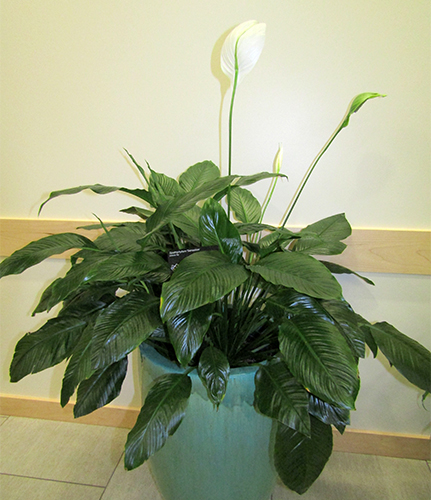
Although these plants became known to Europeans relatively recently, in the century before last, they quickly became popular in winter gardens and greenhouses. It must be admitted that of the more than forty species known to botanists, only a few managed to accustom them to life in captivity, and even those turned out to be difficult to breed.
Truly spathiphyllums became popular houseplants in the middle of the last century. By this time, breeders had managed to develop a number of varieties and hybrids, the care of which was relatively simple. Most often, two species were used as the initial for breeding work: S. Wallis and C. profusely flowering. Other representatives of the genus were also used, in particular, C. cannoli and C. heliconial.
As is usually the case, the efforts of gardeners were directed towards obtaining specimens with different colors and shapes of foliage, as well as differing in size. Currently, the number of different varieties and hybrids of spathiphyllum has exceeded a hundred!
Variety Sensation - what are its main differences?
This variety is currently widely popular and is one of the most common. Among other members of the genus, it is distinguished by two qualities:
Gigantism... In all likelihood, this is the largest variety of indoor spathiphyllums. Some specimens can reach one and a half meters in height, and the average size is about one meter.
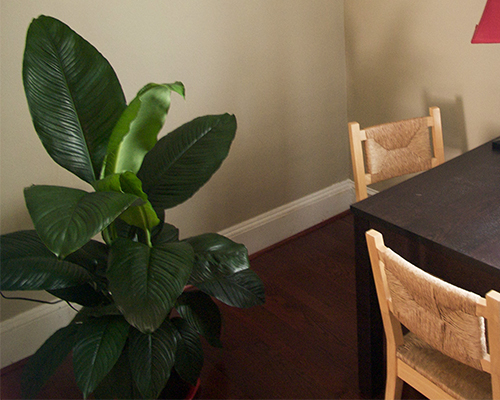
Low light tolerance... The plant can grow in the back of the room or on north-facing windows.
The Dutch florists brought out the Sensation. Their goal was to create a flower that can decorate a large office, hallway, any large room, inside which there is no bright sunlight. And the Dutch have succeeded in this, using the popular species of S. Wallis (Spathiphyllum wallisii) as a starting material.
Description of the variety
The fact that this is a large plant has already been said. It is worth clarifying that its leaves have an average length of about 50 cm.In adults, perennial flowers, the leaf plate can grow up to 80 cm, with a width of 30 to 40 cm.The leaves themselves look extremely decorative, they are distinguished by a rich green color, shiny, slightly corrugated surface. Each leaf rests on a strong, long petiole, with age, the petiole bends, the leaf plate droops slightly.
During flowering, a powerful peduncle rises above the crown. The inflorescence in the form of a characteristic cob is surrounded by a large white veil. Over time, the bract veil loses its whiteness, becomes greenish, and then completely green, almost merging with the foliage.
The sensation gained its popularity not only because of its high decorative qualities. It is also one of the most unpretentious home spathiphyllums.

Location and lighting
Thanks to its huge leaf area, this flower can make do with a small amount of ambient light without the need for direct sunlight. It can be used as a specimen for decorating rooms and halls by placing the pot away from windows. North and east window sills are also suitable for it, as well as rooms where there are no windows at all, but there is artificial lighting (this is often observed in offices).
Attention! Speaking of Sensation's high shade tolerance, do not assume that she adores the lack of lighting. Bright, but diffused light favors flowering, makes the bracts larger and brighter.
Temperature and humidity
Typical of the tropics, the plant needs high temperatures throughout the year, from 18 to 26 °.In winter, in the absence of flowering, the temperature can be reduced to 16 °, but in no case lower! In summer, if the air warms up above 26 °, special attention should be paid to humidification.
In general, all spathiphyllums love humid air, and our hero is no exception. Increase the humidity around it by any means you can. Again, as in the case of lighting, the plant will not die from dry air, but its appearance will suffer. The plant needs regular spraying, leaf washing. This will not only support their development, but also significantly improve their appearance.
Important! It is beneficial for these flowers to grow outdoors during the summer months. It will be good to install them in the country, in the garden, but always in a shady place where there are no strong winds and direct sunlight.

Irrigation mode
The soil should be moist, but not soggy. To do this, make sure that there is a good drainage layer in the pot. In the warm season, water regularly and abundantly, preferably with soft, settled water. In winter, with a decrease in temperature and a shortening of daylight hours, you need to water more carefully, making sure that the topsoil has time to dry out.
The soil
The main requirement for it is high water and air permeability. If this condition is met, the nutritional value of the soil fades into the background. It is best to use special commercial mixtures designed for growing aroids. With experience, you can make the mixture yourself. It is important that it contains garden soil, a little humus, and a high percentage of peat with coarse sand.
Transplants and feeding
Young plants need an annual spring repotting, in which the new pot is slightly larger than the old one, and fresh soil is added. If the specimen is already large, it can be replanted less often, and only the top layer of the substrate can be changed in the spring. In this case, it is necessary to add mineral fertilizers to the water twice a month in spring or summer. It is also useful to carry out foliar dressing on the sheet.
Reproduction
For amateur flower growers, only one method is suitable - dividing the bush. It's simple, affordable, and effective. As a rule, small children appearing on the side of the mother plant are separated in the spring, at the time of transplantation, and immediately planted in small containers, where they will grow on their own. It is necessary to separate carefully so as not to severely injure the roots.
Thus, by adding Spathiphyllum Sensation to the collection, you will get a very decorative, large plant, the care of which will not be too difficult.

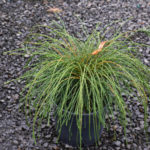
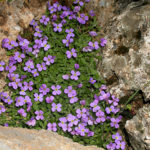


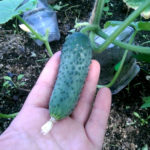



Friends gave such a giant: it allows free space in the house. It turned out to be unpretentious to humidity and lighting, but I had to get used to the irrigation regime. I noticed that it is best to water when the leaves begin to lose turgor (wither). With more frequent watering, dry dark green spots appear on the leaves, decorativeness is immediately lost. It does not bloom as abundantly as its standard sized brothers, but the flower is very large and stands out well against the background of dark leaves. It is also very afraid of drafts - even with minimal ventilation in winter (standing a meter from the window), the leaves were damaged. Beautiful in a single planting, away from other home greenery.
An ideal plant for decorating the interior in the back of the room. Looks great on the floor. Of the similar unpretentious and cute, I had to raise only aglaonema. But the latter is good only with leaves, and spathiphyllum also blooms.A year later, I divided the presented copy and grow it in two pots. I keep one on the bedside table near the window, the other in the back of the room. I swap them about every week. Spathiphyllum, although it tolerates a lack of light well, nevertheless, it needs to receive a certain amount of sunlight over a certain period of time for better development. Maybe this plays a role in the fact that the plant pleases me with flowering twice a year. Once in the summer, and the second time in November-December. For winter flowering, I stimulate the plant: about 3 months after summer flowering, I begin to wear it under the shower once every 3 days. After two weeks, the rudiment of a peduncle appears.